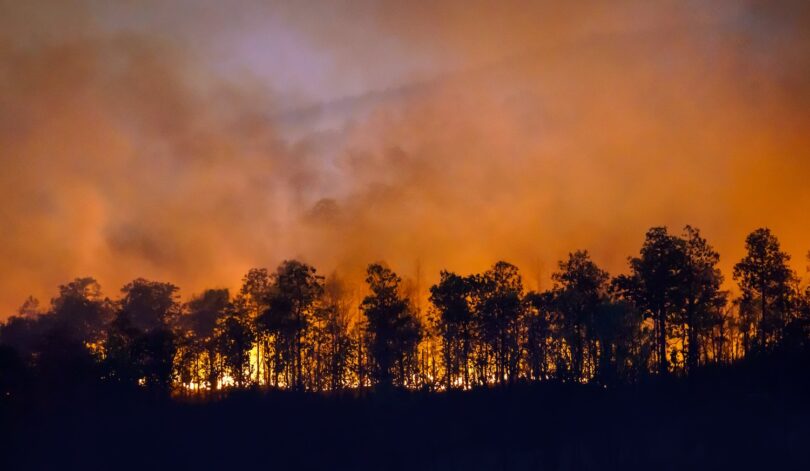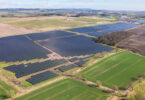Using a first-of-its-kind machine learning tool, researchers at Columbia University and New York University have come up with a way to forecast the risk of forest fires in any particular region of the western US months in advance, and they can do so within minutes as opposed to hours.
The breakthrough approach – which uses mathematics to assess the problem of fire based on climate data and is the first to use machine learning to make seasonal forecasts on a monthly basis – was unveiled recently in SIAM News, a publication of Society for Industrial and Applied Mathematics (SIAM) and presented at the 2024 SIAM Conference on Mathematics of Planet Earth.
According to the researchers, the tool’s creation was spurred by last summer’s record-breaking fire season, originating in Canada and lasting longer than normal, with larger burn areas and more severe fires that significantly impacted air quality in large parts of North America.
“Fires are getting more intensive and destructive as a result of our warming world, and if we can identify risk areas with a high level of certainty early on – even months in advance – we can ensure better fire control, evacuation and public awareness planning at the start of the season,” said Jatan Buch, a postdoctoral research scientist in the Department of Earth and Environmental Engineering at Columbia University, who collaborated on the project with Gabriel Provencher Langlois, Visiting Assistant Professor at NYU’s Courant Institute of Mathematical Sciences.
Buch points out the current challenge is that decision-makers today rely largely on the National Interagency Fire Center for wildfire forecasts, yet he says this source is only able to predict outbreaks at low spatial resolution. The center also provides only basic indicators, such as if the fire danger is above or below normal and doesn’t take into account uncertainty in climate factors, he said, arguing that “we can do better.”
“Predicting the occurrence of climate and weather conditions conducive to extreme wildfires is one of the major challenges of seasonal (two to four month) forecasts,” he said.
Using math models and machine learning algorithms, Buch and Langlois’ tool – called SEASFire – pulls fire predictors within minutes based on dozens of sources, including the flagship European Centre for Medium-Range Weather Forecasts’ seasonal forecasting system SEAS5. Picking up long-term trends from data collected over decades, these predictors uniquely capture factors such as climate history, vegetation, topography, lightning, and human influences in any given area on the scale of months or even years.
U.S. seasonal forecast
Based on the tool’s analysis, the researchers explain there is a high level of certainty that the U.S. regions of California and Pacific Northwest are expected to be hit hard with forest fires in the coming months. The high fire risk in these regions will be driven by elevated temperatures and below normal precipitation forecast by the SEAS5 seasonal forecasting system.
“Our model can analyze the volumes of data that exist and provides significantly more information than what’s currently available with other forecasts,” Langlois explained. “We’re able to identify risk areas while also accounting for the uncertainty in climate predictions, and we do so more efficiently, faster and on a longer-term scale, including a seasonal outlook months out.”
The team is now preparing to make their tool available free of charge to the public, and they are currently working on a website where anyone can input a zip code to see the wildfire risk in that particular area months ahead of time.
“Fires cause significant personal and ecological damage and involve huge costs,” Buch explained. “It’s a major public health issue, and it’s therefore important to increase awareness and bring groups together to better predict fire risks, understand where they come from, be best prepared to fight them, and work to prevent them.”
About Society for Industrial and Applied Mathematics (www.siam.org)
The Society for Industrial and Applied Mathematics (SIAM), headquartered in Philadelphia, Pennsylvania, is an international society of more than 14,000 individual, academic and corporate members from 85 countries. SIAM helps build cooperation between mathematics and the worlds of science and technology to solve real-world problems through publications, conferences, and communities like chapters, sections and activity groups. Learn more at siam.org.
Related articles:
Battling the Heat Waves Our Planet Faces







